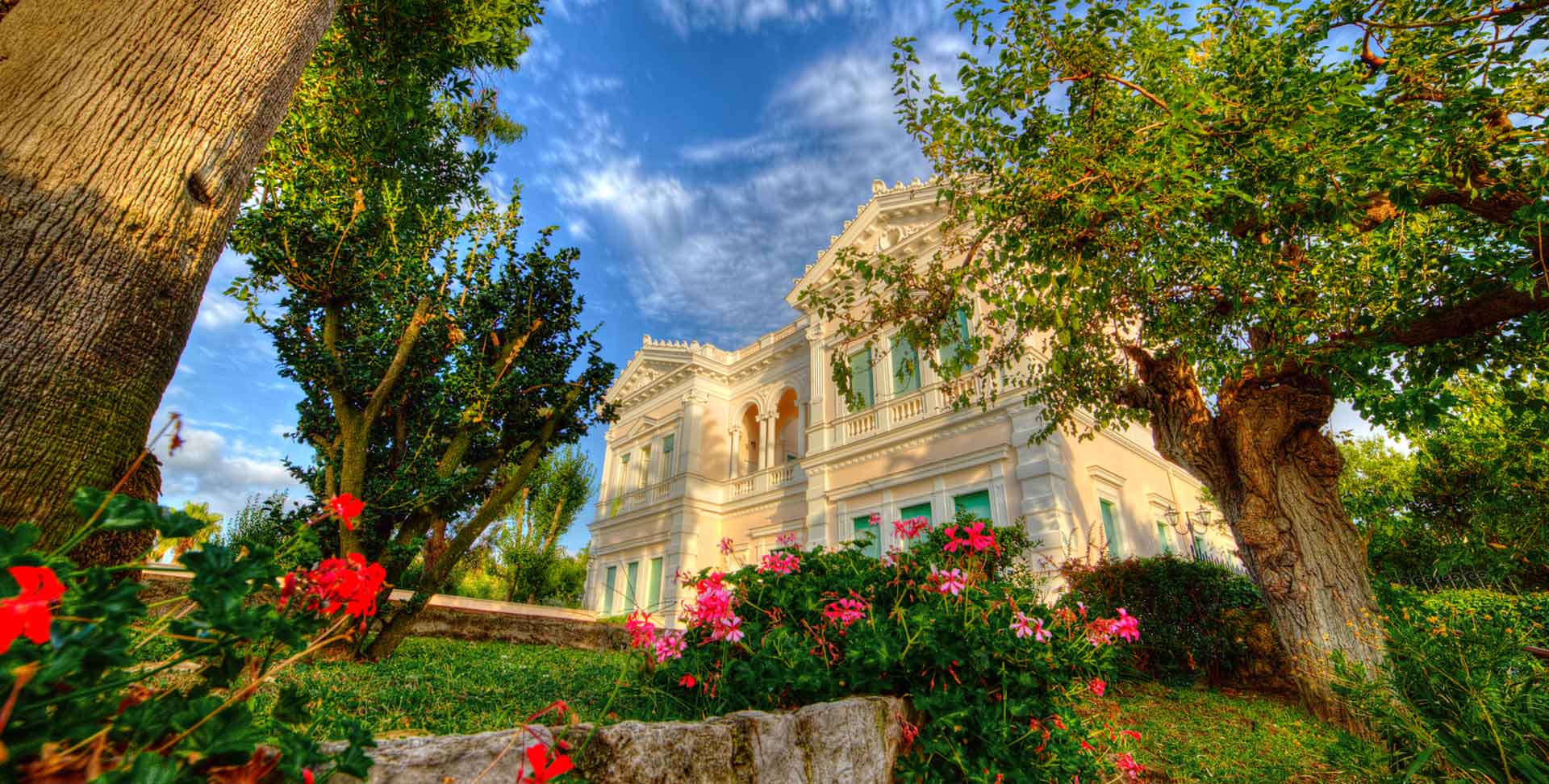
"The Villa Marina"
The Villa, in neoclassical style, was built and inhabited in the early 1900s by Count Sergej
Stembock Fermor and his wife Anna Labriola. He was a Russian officer of the Cossack Regiment related to the family of the last Tsar and a military attaché of the Russian Embassy in Italy. During his frequent travels through our country, he was captivated by the beauty of the Gulf of Gaeta, particularly by this area called “Arcella,” where notable vestiges of ancient Rome could be admired. An art enthusiast, connoisseur of antiquities, and admirer of natural beauty, he decided
to settle here with his family. Between 1907 and 1912, he designed and built the “Villa Marina” along the coast, in direct contact with the picturesque Roman cryptoporticus from the 1st century BC, which can still be visited and admired today in all its unique beauty. For many years, the Villa was one of the most significant centers of high society life, hosting receptions renowned for their elegance and style, attracting the most prominent names among the elite families of Gaeta and Formia.
The residence of Count Stembock
In the conception of his residence, the Count incorporated all his aesthetic and technical experiences acquired over many years of traveling through distant countries. For example, he implemented an innovative irrigation system for those times, based on techniques already used by the ancient Romans,
traces of which can still be found here and there in the hotel’s garden. Since its construction, “Villa Marina,” as it was then called, remained for many years one of the most significant centers of high society life, hosting receptions renowned for their elegance and style, attracting the most prominent names among the elite families of Gaeta and Formia.
Thirteen elegantly furnished rooms
The restoration work on “Villa Marina” has enabled the establishment of thirteen rooms with parquet flooring, furnished with stylish furniture and draperies. They are equipped with air conditioning, mini-bar, satellite TV, radio, piped music, direct telephone line, and electronic management systems.
Six of the thirteen rooms are suites with sea views and spaces distributed on staggered levels, connected by an independent internal staircase. The corridors and the salon where Count Stembock held his receptions and gatherings have been paved with inlaid
polychrome marbles.














